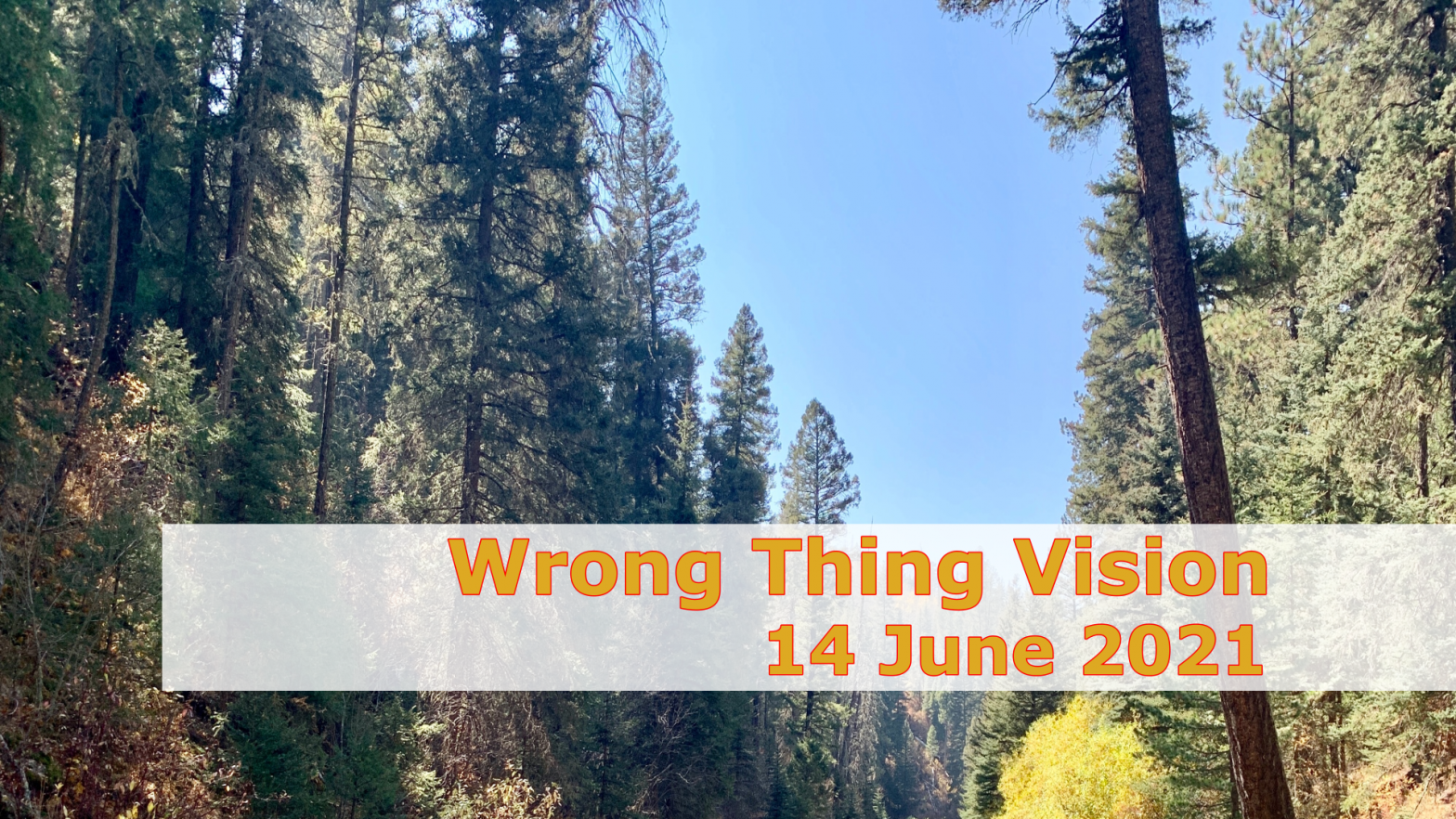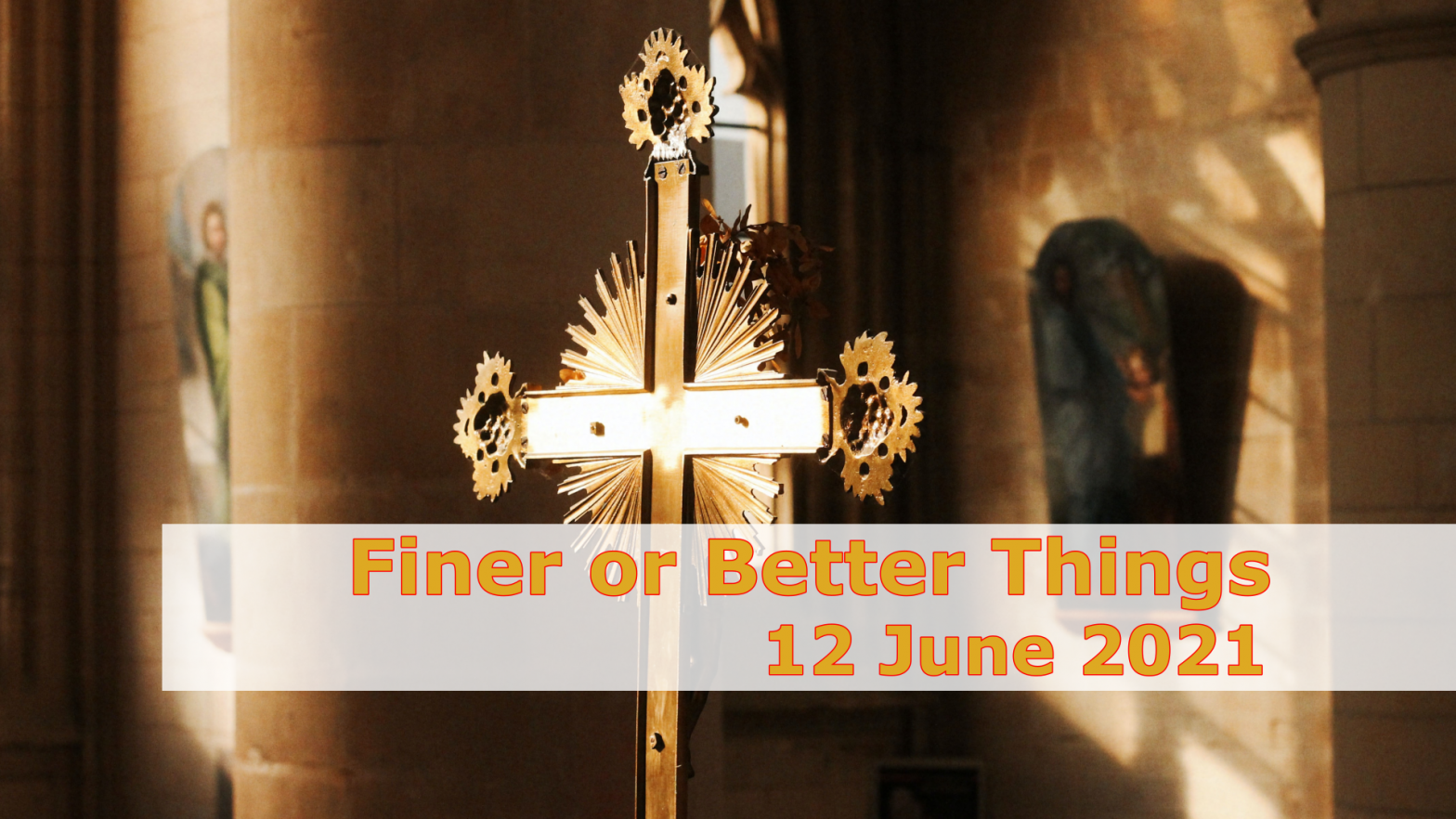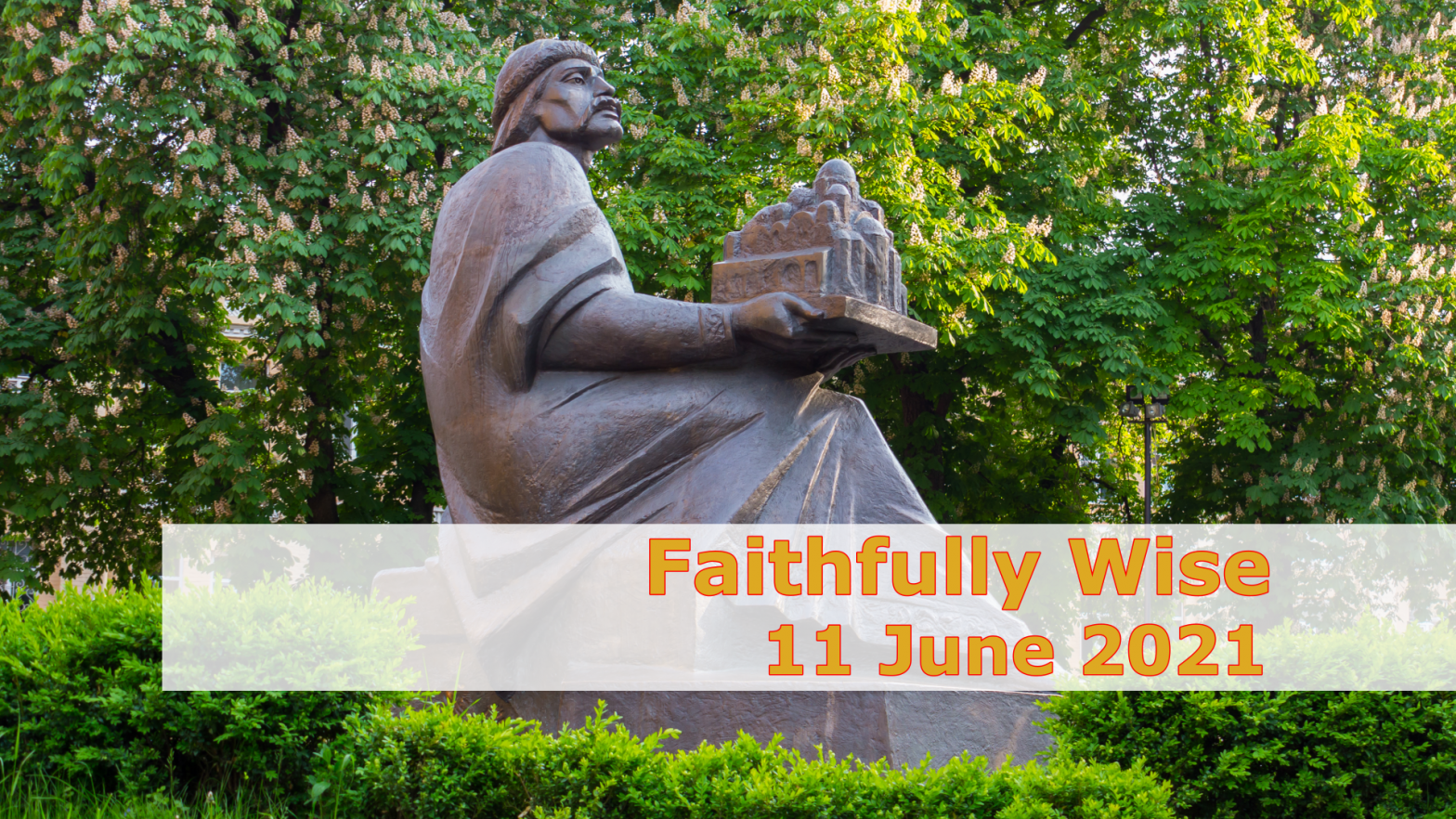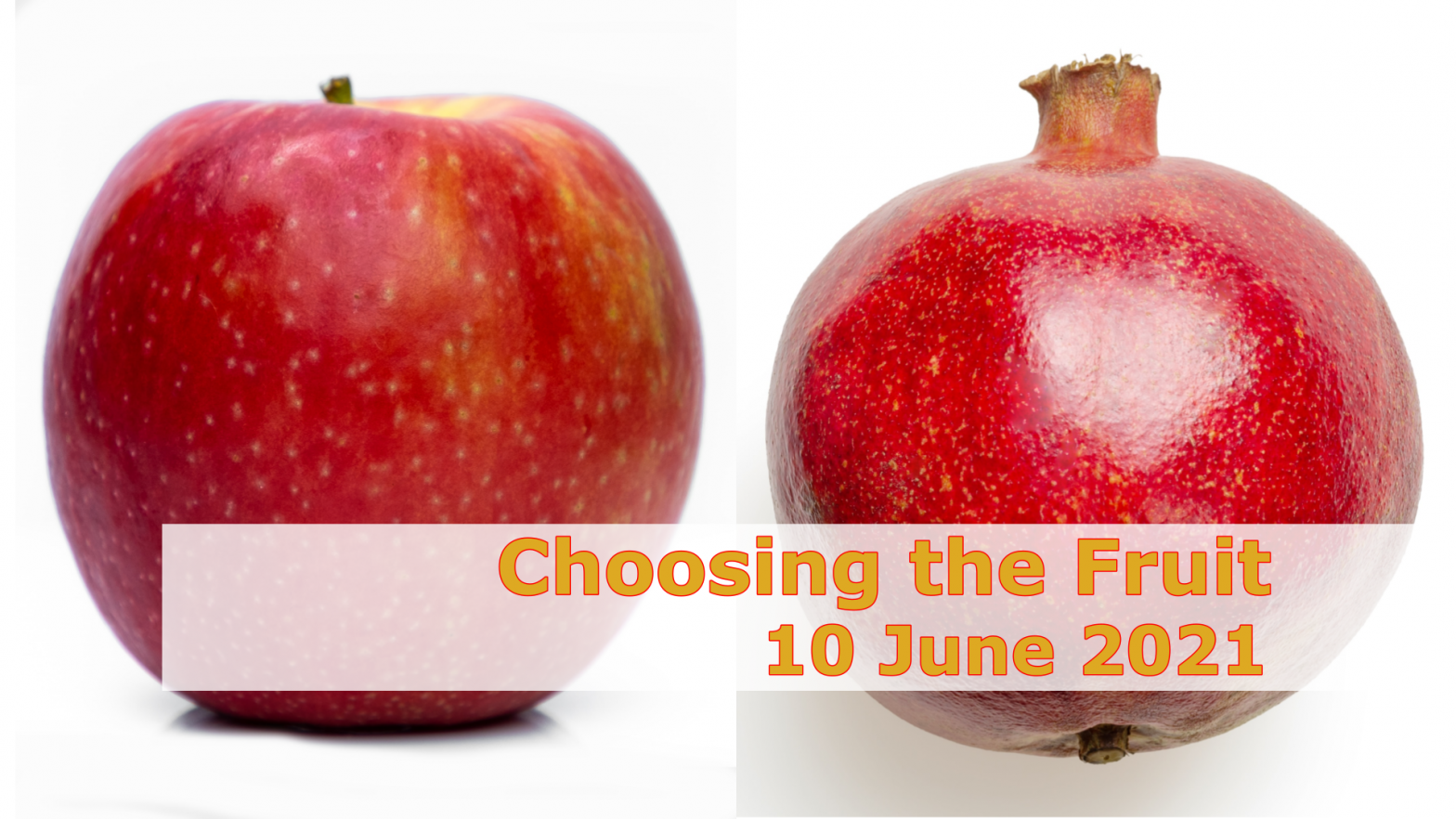Psalm 52; Jeremiah 22:1–9; Luke 6:43–45
Have you ever been somewhere with a beautiful bowl filled with fruit, then picked up a piece of fruit, and realized that it was fake? It looks pretty and improves the ambiance, but beyond that, it is useless for living.
Christians have a discrepancy (okay, we have many). We understand the “heart” of following Jesus. We also have a general understanding that we cannot earn our way into Heaven (i.e., “works righteousness).
Yet, here we are stuck in words of actions. There is the reality that actions can form us. This is why the ancient church focused so much on disciplines of behavior (bible reading, confession, etc), not because they, in and of themselves, reformed us, but so that the pattern of lives became set. Through that setting, we are more ready and willing to let the Holy Spirit transform us.
Despite those intentions—we see this in Jewish and Christian traditions—the rules intended to guide the heart became rules to follow. By following the rules, people were able to appear transformed, but their hearts were anything but.
Jeremiah’s call to live a just life continues from yesterday’s scriptures (Jeremiah 21:11–14). The battle being waged upon the hearts of Judah is about living life versus following rules. When we only follow rules, rather than live, we are only going to die unfulfilled (Romans 7:5, Romans 8:2). We also will be no better than the fake fruit in the bowl.
When Jesus talks about “good” fruit—kalos—there is actually a play on words that our translations miss and thus we do not connect other phrasings. Kalos (the Anglicization of καλός) has a focus on the outward appearance, which is similar to Jesus’ accusation of the teachers and Pharisees about being whitewashed tombs (Matthew 23:27). At the same time, there is also the implied meaning that there is still some use for the fruit despite the focus on outward appearance. A lot of big supermarkets have buyers who view the outside of the fruit, because they know what will sell at the market, and it is pretty fruit. That doesn’t mean that the fruit is necessarily really tasty, nor does that mean that there are not hidden issues. You, too, may have experienced buying a “nice to look at” piece of fruit, and then found something less than appealing after a bite or two.
We have to be careful when we draw too much on the good/bad dichotomy as (for example) good fruit goes rotten, too (thus becoming bad). The agricultural aspect of the “bad” fruit is more along the lines of being grown from a seedling (or volunteer) rather than controlled grafting.
The fruit from such trees is often inedible and so good for nothing but fertilizer. These trees will always produce fruit that is not edible. There is nothing to be done about it. A good tree will not always produce good fruit. The bad tree will always produce bad fruit.
Another way to think of this is ornamental fruit trees. They are beautiful. Their fruit is often beautiful to look at (weeping cherry comes to mind). The fruit, though, is not good, nor is there much fruit to go with the seed and skin. The tree is good as an ornament. It is not good for providing life-giving food.
※Reflection※
- What challenges you regarding good fruit and good trees versus bad fruit and bad trees?
- How is the appearance of good fruit similar to a whitewashed tomb? How is it different?
- How does living a strictly law-abiding life lead to “death” (as Paul calls it)? On the other hand, how can it lead to life?
※Prayer※
Holy Spirit, only you can transform us from bad trees to good. We give you permission and we ask for your aid to become good trees producing good fruit beyond measure. Amen.








